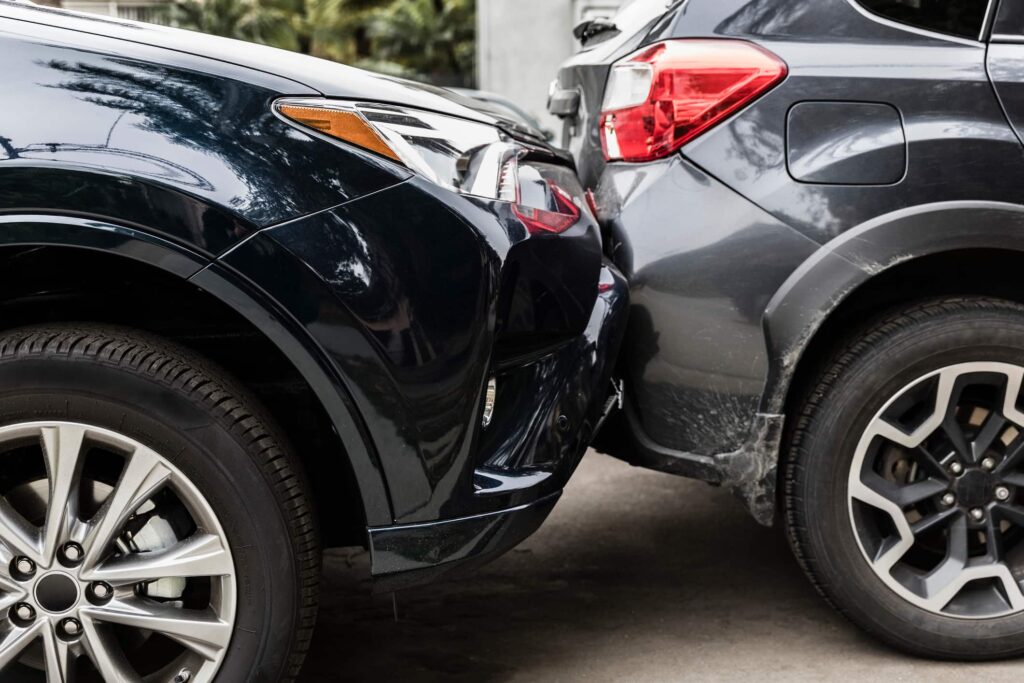 According to the New York’s Department of Motor Vehicles (NY DMV), in 2014 as many as 299,452 car accidents occurred in New York state. Approximately 118, 465 of these accidents resulted in injuries, 966 crashes had fatalities, and 180,021 ended in property damage only. With ride-share services such as Uber popping up all over the country, and Manhattan being no exception, on-the-job driver injuries are not uncommon. Accidents involving company cars, trucks and other vehicles – as well as private vehicles being used for job-related purposes – can raise various legal issues as to who is held liable for injuries.
According to the New York’s Department of Motor Vehicles (NY DMV), in 2014 as many as 299,452 car accidents occurred in New York state. Approximately 118, 465 of these accidents resulted in injuries, 966 crashes had fatalities, and 180,021 ended in property damage only. With ride-share services such as Uber popping up all over the country, and Manhattan being no exception, on-the-job driver injuries are not uncommon. Accidents involving company cars, trucks and other vehicles – as well as private vehicles being used for job-related purposes – can raise various legal issues as to who is held liable for injuries.
For this reason, it is important to understand who is responsible for damages if you or someone you know has suffered an on-the-job injury. Contact an experienced Brooklyn car accident attorney right away to understand your rights and obligations under the law.
Respondeat Superior
Respondeat superior is a legal term that describes the relationship between employers and their company car driving employees. Latin for “let the master answer”, this term means an employer is legally responsible for its employee’s actions while that employee is acting within the scope of his or her employment. Responsibility of an employer includes paying for property damage and injuries caused by an employee while driving a company car.
Company Vehicle versus Personal Vehicle
When an employee is driving a company car, truck or other motorized vehicle more often than not he or she is acting within the scope of his or her employment and respondeat superior applies. On the other hand, if you are involved in a car accident with your personal vehicle, whether or not vicarious liability (i.e. employer responsibility) may or may not apply depending on the circumstances. Specifically, for vicarious liability to go into effect, the following must be established:
- The employee was acting within his or her scope of employment;
- The employee’s actions were done on the job;
- The employee was doing an activity the employer hired him or her to do; and
- The employer benefited from the activity the employee was doing at the time of the collision.
Put differently, if the accident was caused while the employee was on his or her way to do a service the employer hired the individual to perform, then the employer may also be held liable for the crash. If the accident was caused while the employee was running a personal errand, however, then the employer will not be held responsible for the crash.
Should an employee’s negligence cause another person’s injury or property damage, both the employee and the employer may be held liable (i.e. responsible for paying damages). A third party may include drivers of other cars, passengers in the other car or the company car, as well as bystanders. Generally, an employer’s liability insurance protects the employee by taking responsibility for liability and legal fees (known as “indemnification”) so that the employee will not be held personally liable. Damages involved may include medical bills, out-of-pocket expenses, pain and suffering, as well as lost wages.
An exception to indemnification is when the employee is committing a crime while driving a company vehicle. Should the car accident involve a criminal action, an employer has the right to refuse to indemnify the employee from third-party legal actions.
Brooklyn Car Accident Attorney
Determining whether or not an accident occurred during the scope of employment is a fact-specific inquiry that should be left to a knowledgeable legal professional. An experienced and aggressive car accident attorney can put forth a compelling case to be presented during settlement negotiations or at trial, in order to maximize the damages available. Contact the Law Office of Jeffrey K. Kestenbaum today at (718) 237-5586 for your free, initial case evaluation.






